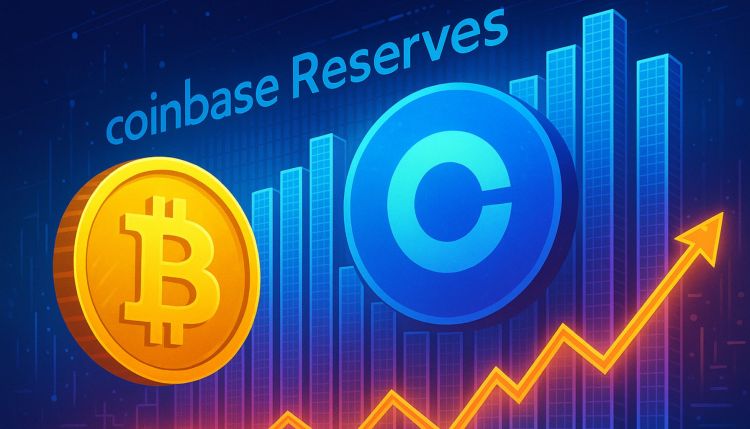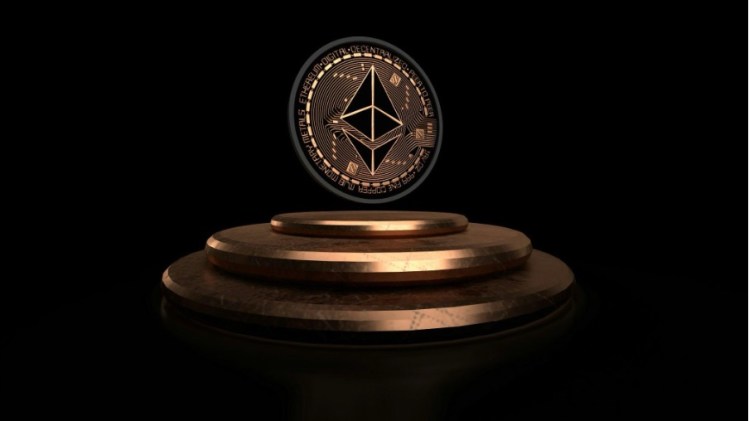Reason to trust

How Our News is Made
Strict editorial policy that focuses on accuracy, relevance, and impartiality
Ad discliamer
Morbi pretium leo et nisl aliquam mollis. Quisque arcu lorem, ultricies quis pellentesque nec, ullamcorper eu odio.
In this revealing interview, Somnia founder Paul Thomas walks us through why he built this high-performance Layer 1 blockchain—designed to crush congestion, gas fees, and latency—by achieving over 1 million TPS, sub-second finality, and minimal transaction costs. Paul candidly shares Somnia’s Devnet and Testnet milestones, its vibrant ecosystem of 70+ partners, its community-focused airdrop model, and how the platform empowers entirely new use cases—from gaming prediction markets to real-time on-chain experiences.
Q: Paul, before we get into the launch itself, can you share why you founded Somnia and what gap you saw in the market?
A: When we started building Somnia, it was clear that fully onchain games and large-scale applications were going to need far more performance than existing blockchains could offer. High gas fees, unpredictable costs, and constant congestion made it nearly impossible to build the kind of real-time, mass-market experiences we wanted to see in web3. We set out to build a blockchain that could handle millions of users with sub-second finality and transaction fees so low that developers and users wouldn’t have to think about them. The goal from day one was to remove those limitations so creators could focus all their energy on building great applications.
Q: Your Devnet and Testnet phases saw some impressive numbers. Can you tell us more about that?
A: In Devnet, we hit speeds as high as 1.05 million transactions per second, which is a much higher number than people are used to seeing in the industry. Even the .05 is 50,000 transactions per second, which is higher than many blockchains, and then we’re adding a million on top of that. During our six-month Testnet, the network processed over 2 billion transactions in total, with a single-day record of more than 80 million.
Q: Let’s talk about the ecosystem. Who do you have onboard right now?
A: We have more than 70 partners across gaming, AI, DeFi, and social applications. On the gaming side, titles like Sparkball, Variance, and Maelstrom have joined the ecosystem. We’ve also got strong infrastructure and enterprise partners like Google Cloud, and there’s integrations with platforms like Sequence, Ankr, DIA, and Thirdweb, which allow developers to connect to the broader web3 ecosystem without friction.
Q: There’s been a lot of talk in the community about an airdrop. Is that happening?
A: Yes, we will have an initial airdrop for the community at launch, but our approach is different. Rather than treating it as a one-time event, we’re making it part of a longer-term plan to grow the community. That means ongoing incentive campaigns for developers, users, and content creators. We’ve studied what has and hasn’t worked for other projects, and we believe this approach will create a healthier, more sustainable ecosystem.
Q: Beyond performance, what new use cases does Somnia unlock for developers?
A: One of the most exciting examples is gaming prediction markets. Somnia can handle all of the gameplay metadata these markets would require, from kills and assists to match outcomes, without slowing down. That means you can have verifiable wagering on anything from the winner of a match to a specific in-game achievement.
For developers, that’s a big deal because existing revenue models in competitive multiplayer games are struggling. Take Sparkball, one of the big games in our ecosystem. They see prediction markets as their primary revenue stream, something that could sustain the game even without a massive cosmetics business. The potential here is huge, not just for esports and live-streamed events, but for any game that wants to tap into the kind of engagement and monetization you see in traditional sports betting. It’s a perfect example of how Somnia isn’t just making blockchains faster, we’re enabling ideas that weren’t even feasible before.
Q: What comes next after the mainnet launch?
A: The next phase is all about ecosystem growth, and onboarding more validators to further decentralize the network. We’re expanding our grant programs, continuing with the Dream Catalyst Accelerator for game developers, and we launched a new incubator program called Dreamathon. We’re also continuing to expand the incentives we’re offering to the community. Our mission now is to take the performance we’ve built and make sure it’s being used for the most ambitious, innovative applications out there.
Conclusion
Paul Thomas’ insights illuminate Somnia’s ambition not just to push technical boundaries, but to redefine what real-time, fully on-chain applications can achieve. From engineering feats and a dynamic ecosystem to sustainable incentives and plans for decentralization, the conversation underscores that Somnia’s mainnet launch isn’t merely a milestone—it’s the foundational step toward a radically more capable, participatory Web3 future.
Supporting Interview on Bitcoinist: https://bitcoinist.com/inside-paul-thomass-vision-for-somnia-and-the-future-of-web3-gaming/
Somnia X: https://x.com/Somnia_Network
Somnia Discord: https://discord.com/invite/Somnia

















